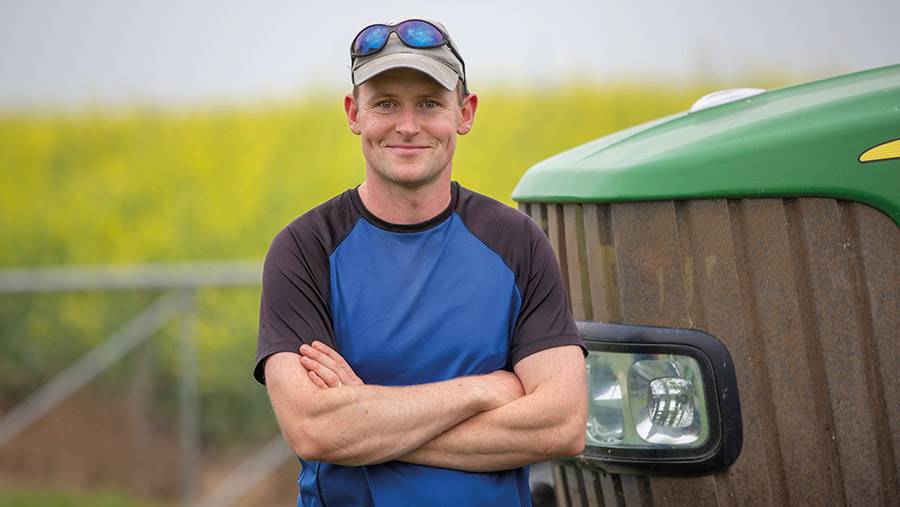Chris Bennett: High-yield heroes should be championed
 Chris Bennett © Johnny Houston
Chris Bennett © Johnny Houston Which is better for wildlife? Farming in an ecologically sympathetic way with lower yields, or farming intensively over a smaller area leaving natural habitats away from the farm untouched?
This is the land-sharing versus land-sparing debate.
For me, this debate has been brought into focus from reading George Monbiot’s Regenesis.
You may also remember his controversial article titled: “The most damaging farm products? Organic, pasture-fed beef and lamb”.
A confronting headline that I don’t agree with, but his reasoning is thought-provoking.
See also: Chris Bennett – ag-specific net-zero policies needed
The primary reason Mr Monbiot comes to the conclusion of beef and lamb being so damaging is due to the large land area required for their grazing, which could otherwise deliver high value to nature, the environment and climate if it were left to rewild.
This is what he describes as the ecological opportunity cost.
If products with low yield and high land use are damaging to the environment, it also follows that high yield and low land use are just as beneficial environmentally.
This benefit of intensive agriculture isn’t talked about enough. Yield is green.
The world record for wheat yield was broken in 2020 by Eric Watson in New Zealand on the neighbouring farm to where I am now.
He produced a yield of 17.4t/ha, a phenomenal achievement – but he rarely gets the plaudits for being the environmental hero Mr Monbiot’s logic tells us he is.
One hectare of Mr Watson’s land plus 1ha of the Knepp Estate’s rewilding project produces as much wheat as 2ha of average-yielding farmland (8.7t/ha) and also provides more environmental benefit.
Obviously, a record-breaking crop is an extreme example not achievable on most land.
However, it holds true that if a crop capable of producing 10t/ha is reduced to 8t/ha (due to direct-drilling, for example), we have to be sure that any environmental benefit is not eliminated by the cost of producing the 2t deficit elsewhere.
The land-sharing versus land-sparing debate is complex and does not have to be polarising.
We can share farmland with nature by setting aside difficult-to-farm and unprofitable areas for wildlife, though we must be sure that the areas we choose to farm are managed in a way that doesn’t compromise yield.

